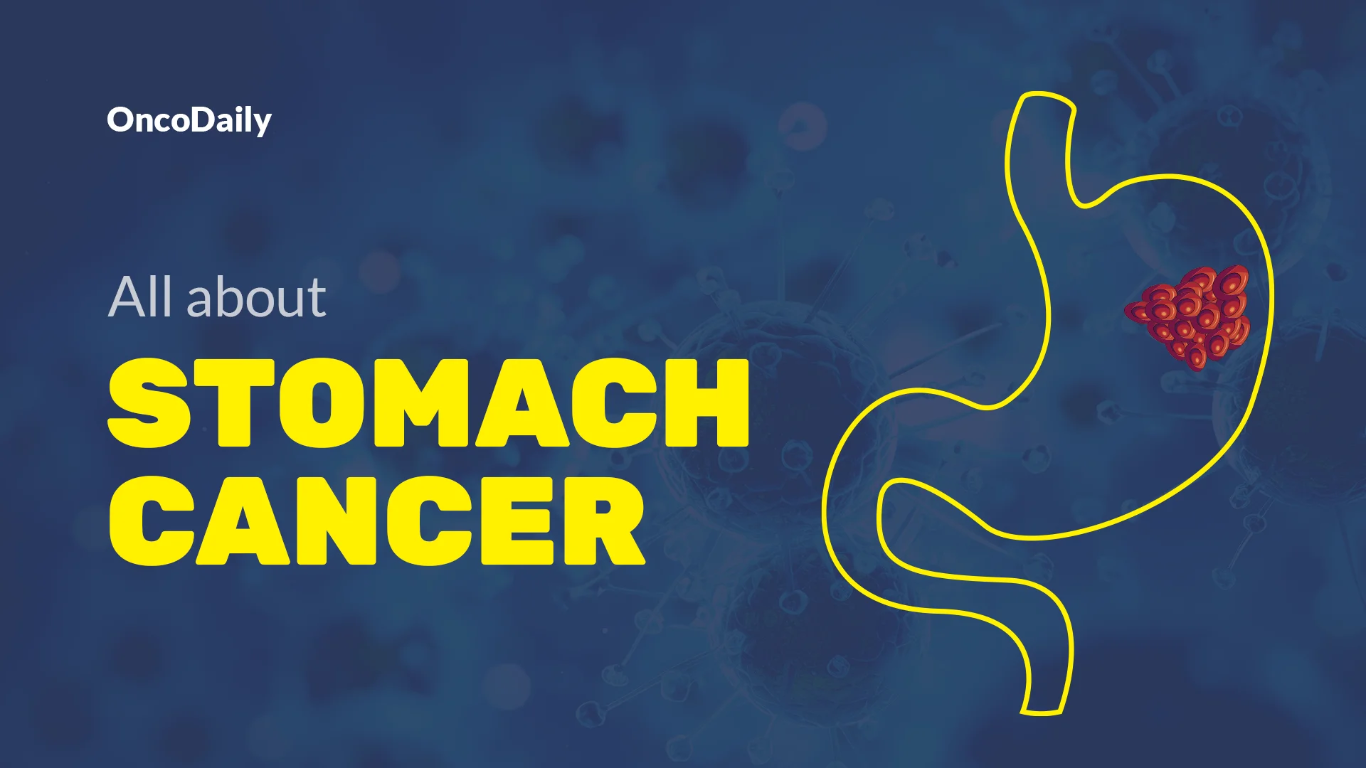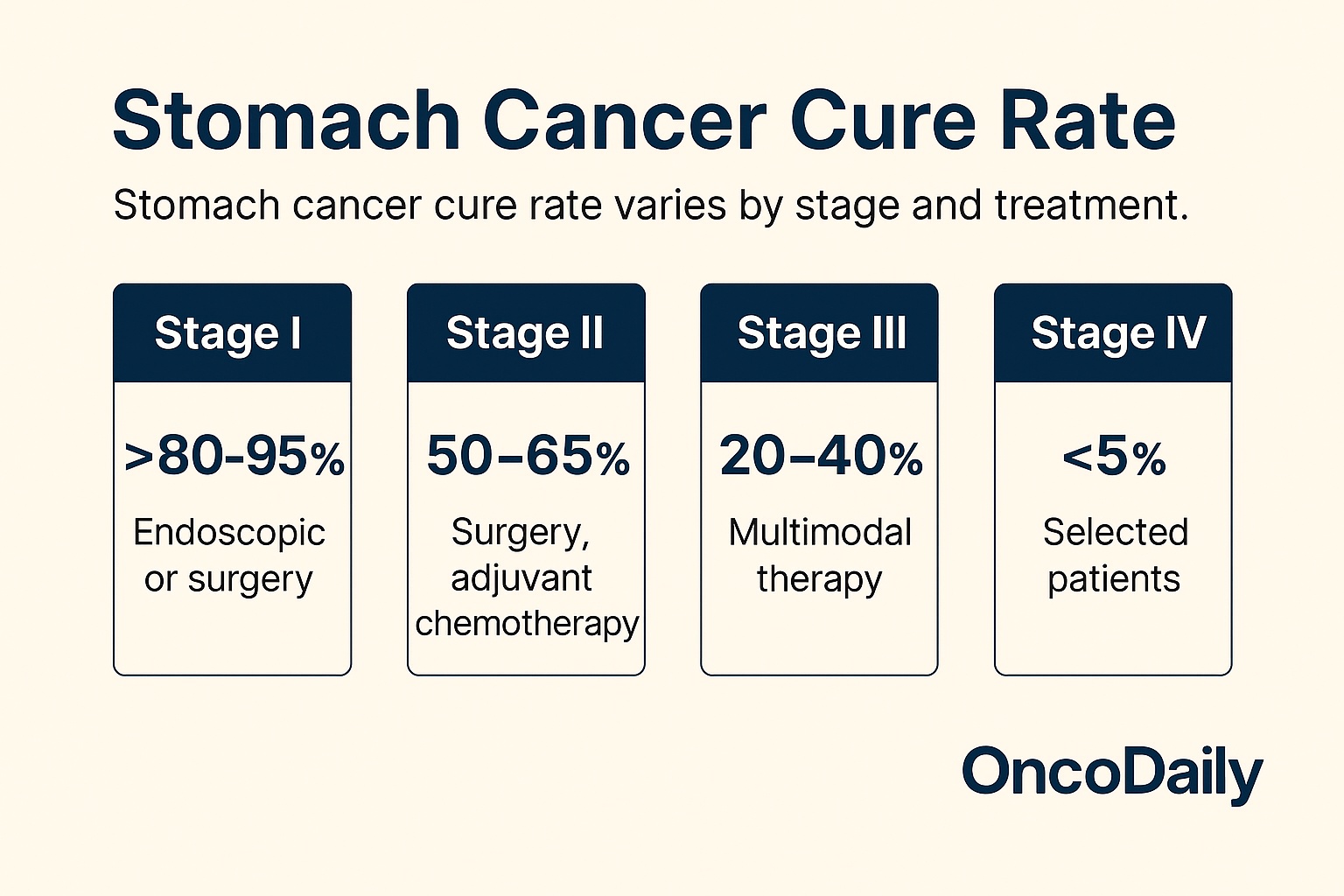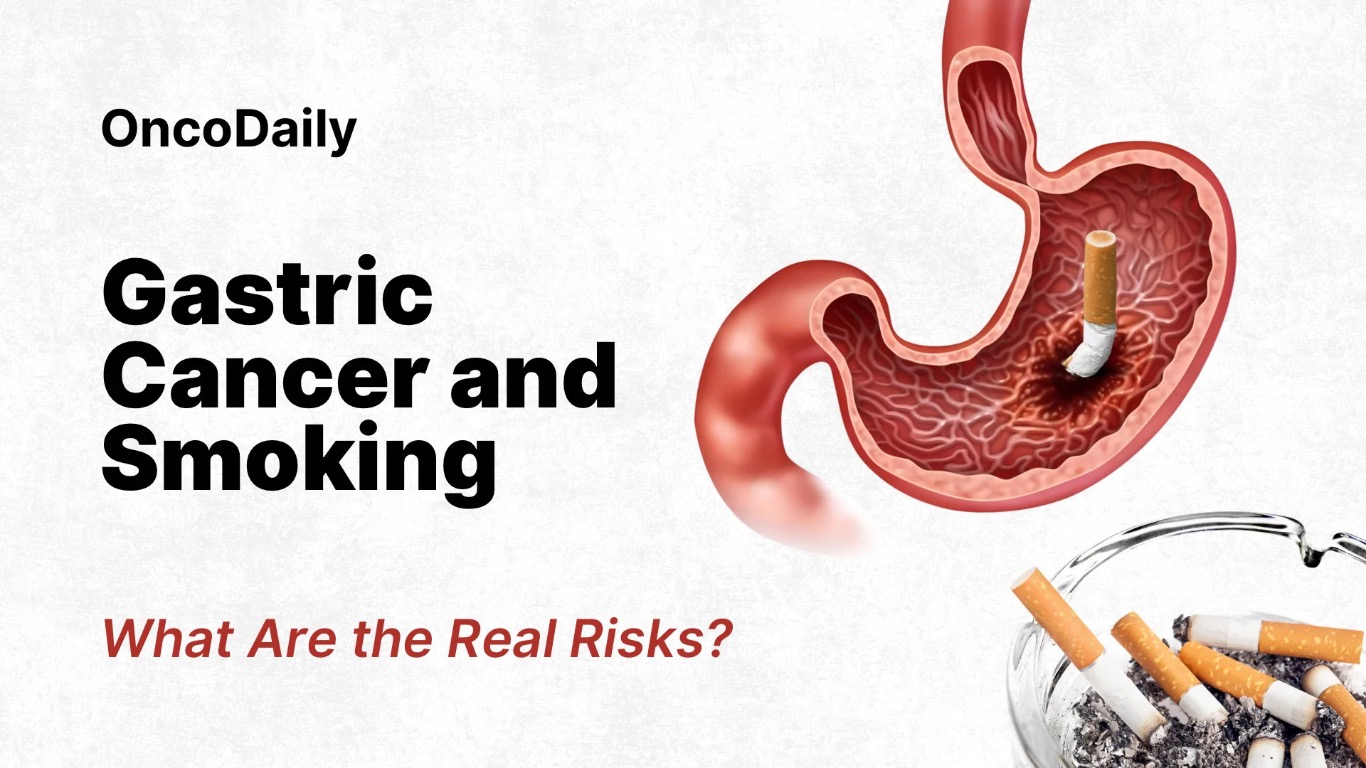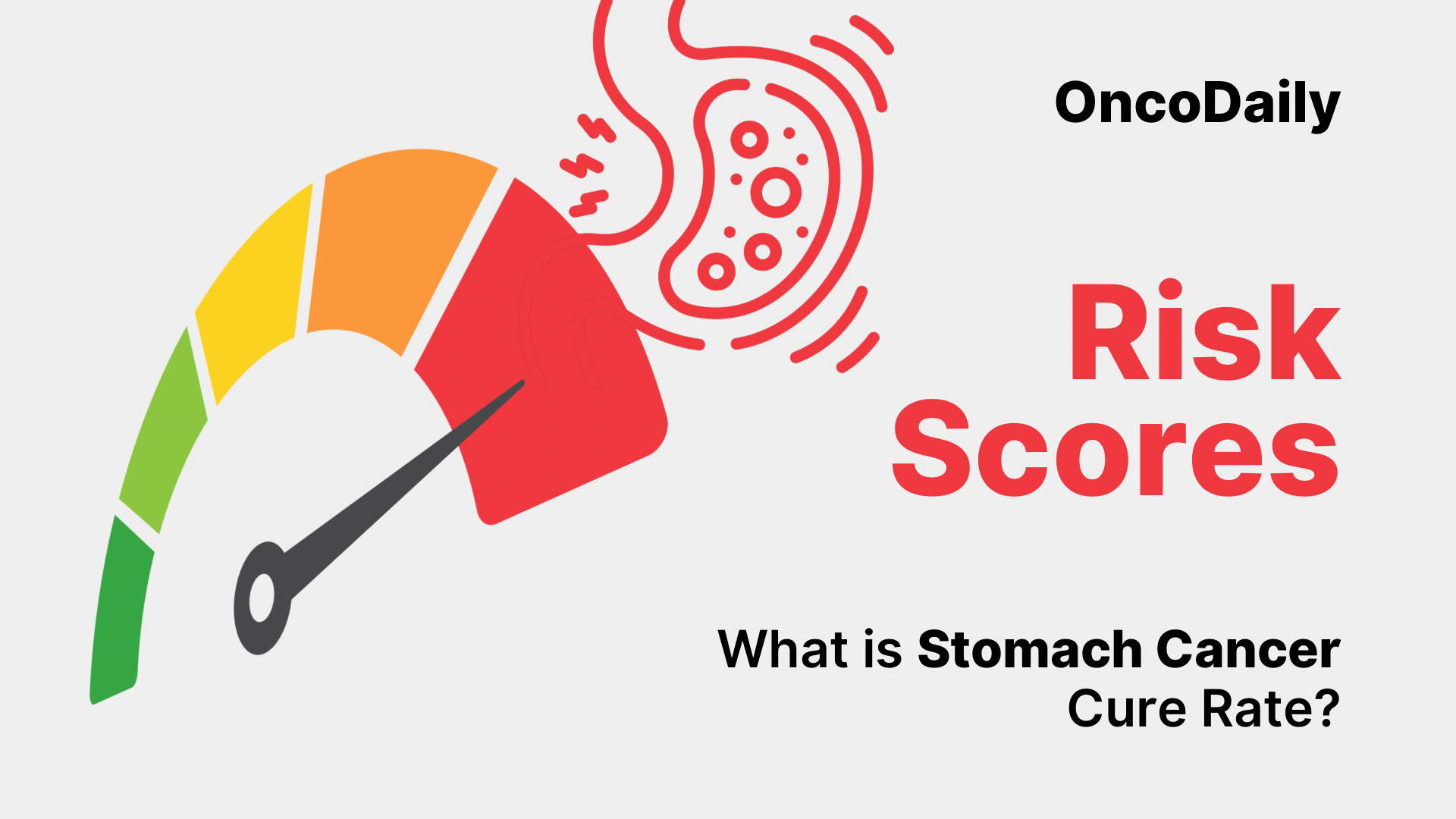Stomach cancer, also known as gastric cancer, originates in the lining of the stomach, most commonly as adenocarcinoma. It remains a major global health burden, with over 1 million new cases and about 770,000 deaths per year, ranking as the fourth leading cause of cancer mortality worldwide (Sung et al., 2021).
The stomach cancer cure rate depends heavily on how early the disease is diagnosed. In countries such as Japan and South Korea, where screening is part of routine practice, early detection leads to significantly higher cure rates. However, in many regions, symptoms appear late, making early diagnosis more difficult.

Read About Stomach Cancer on OncoDaily
What Does “Cure” Mean in Stomach Cancer?
A “cure” in stomach cancer means the cancer is completely eradicated and does not return over long-term follow-up—typically five years or more. Achieving a cure is most feasible when the tumor is localized and can be completely removed with surgery.
Patients with advanced disease can still achieve long-term remission through multimodal therapy, but the stomach cancer cure rate declines as the tumor spreads beyond the stomach wall or into distant organs.
Stomach Cancer Cure Rate by Stage
The stage at diagnosis is the most important predictor of the stomach cancer cure rate.
Stage I (early gastric cancer): Cure rates can reach 80–95%, especially when the tumor is confined to the mucosa or submucosa and treated with endoscopic resection or surgery (Japanese Gastric Cancer Association, 2021).
Stage II: Cure rates range from 50–65% with gastrectomy and adjuvant chemotherapy. Early lymph node involvement lowers the likelihood of cure but remains potentially curable.
Stage III: Cure rates decrease to 20–40%, depending on how many lymph nodes are involved and whether the tumor has invaded neighboring tissues. Multimodal treatment (neoadjuvant chemotherapy + surgery + adjuvant therapy) significantly improves outcomes.
Stage IV: While cure is rare, selected patients with limited metastases (e.g., isolated peritoneal disease or single-organ spread) may achieve long-term remission with aggressive combined therapy. Immunotherapy and targeted therapy have also improved survival for specific tumor subtypes.
These ranges highlight how early detection dramatically improves the stomach cancer cure rate.

How Surgery Impacts Cure Rates
Surgery is the main curative option for localized stomach cancer. For early-stage tumors, procedures such as endoscopic submucosal dissection (ESD) or endoscopic mucosal resection (EMR) can completely remove the cancer without removing the stomach.
For more advanced tumors, partial or total gastrectomy with D2 lymph node dissection is the standard. When surgery achieves complete tumor removal with clear margins, the stomach cancer cure rate increases significantly.
Centres with high surgical expertise consistently report better survival because proper lymph node dissection reduces recurrence.
Chemotherapy, Radiation, and Multimodal Therapy
For locally advanced stomach cancer, multimodal treatment improves cure potential. Neoadjuvant chemotherapy—given before surgery—shrinks the tumor and targets microscopic disease, increasing surgical success.
Studies such as the MAGIC trial, FLOT4, and CLASSIC study demonstrated that perioperative or adjuvant chemotherapy improves 5-year survival by 10–20%, contributing to higher stomach cancer cure rate in stages II and III (Al-Batran et al., 2019).
Radiation therapy has a more selective role but may help reduce local recurrence when combined with chemotherapy, especially in certain Western protocols.
Cure in Advanced or Metastatic Stomach Cancer
Historically, Stage IV stomach cancer was considered incurable. However, advances in molecular testing and precision oncology have transformed treatment options.
Certain patients may achieve long-term remission, especially those with:
- HER2-positive tumors treated with trastuzumab-based therapy
- MSI-high or PD-L1–positive tumors treated with immunotherapy (pembrolizumab or nivolumab)
- Limited metastases treated with a combination of systemic therapy and surgery
While these cases represent a minority, they are crucial examples of how modern therapies are improving the stomach cancer cure rate even in advanced settings.
Molecular Subtypes and Cure Potential
Gastric cancer is biologically diverse. Molecular profiling identifies tumor subtypes that respond differently to therapy:
- HER2-positive: responds to trastuzumab and newer HER2-targeted combinations
- MSI-H/dMMR: highly sensitive to immunotherapy, producing durable remissions
- EBV-associated gastric cancer: often responds well to immune checkpoint inhibitors
In these subtypes, long-term remission is achievable, expanding the boundaries of what constitutes “cure” in stomach cancer.
Early Detection and Screening
Because early-stage disease has the highest stomach cancer cure rate, screening programs dramatically reduce mortality. Countries with national screening (Japan, South Korea) report far more cases diagnosed at Stage I, leading to much higher survival compared with Western nations.
Individuals with high-risk factors—including Helicobacter pylori infection, family history, smoking, chronic gastritis, and certain genetic syndromes—benefit most from targeted screening and surveillance endoscopy.

Read About Gastric Cancer and Smoking on OncoDaily
Living Beyond Stomach Cancer
Patients who achieve remission require ongoing follow-up to detect recurrence early. Nutritional support is essential, especially after partial or total gastrectomy, to maintain healthy weight, prevent deficiencies, and improve quality of life.
Survivors often adapt well long-term, and many live healthy, cancer-free lives. With expanding treatment options, the stomach cancer cure rate is gradually improving worldwide.
Conclusion
The stomach cancer cure rate varies significantly by stage, tumor type, and treatment strategy, but early detection offers the best chance for cure. Advances in surgery, chemotherapy, targeted therapy, immunotherapy, and molecular profiling have improved outcomes across all stages.
Ongoing research, increased awareness, and expanded screening programs continue to push survival rates higher, bringing hope to patients and families worldwide.
You Can Watch More on OncoDaily Youtube TV
Written by Armen Gevorgyan, MD
